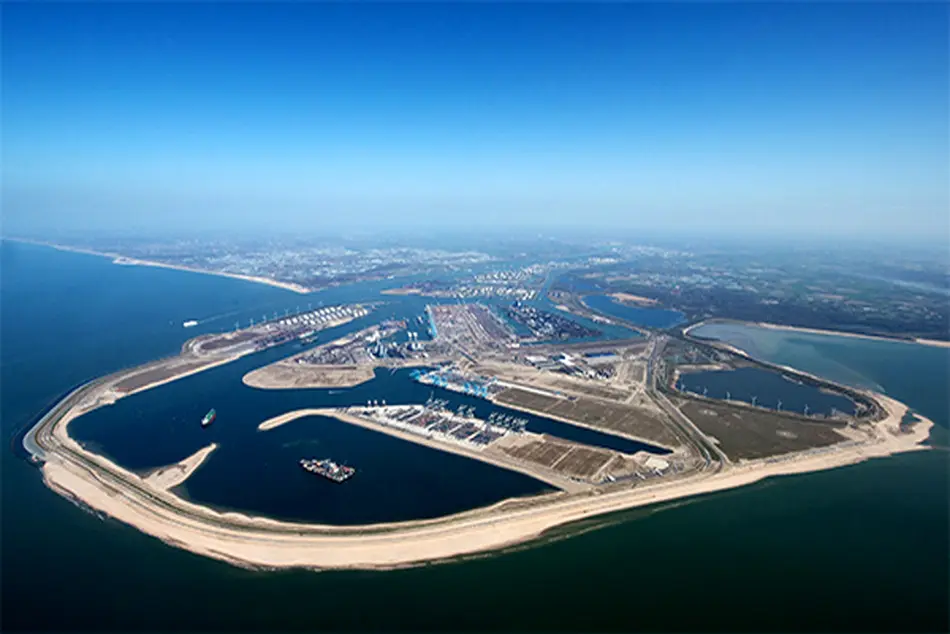Port of Rotterdam promotes cleaner shipping

Paving its way into sustainability, the Port of Rotterdam aims to mitigate climate change by awarding special port dues discounts to clean vessels.
For instance, ocean-going vessels arriving in Rotterdam with an Environment Ship Index (ESI) score of 31 points or more are rewarded with a 10% reduction on the gross tonnage portion of the port fees. ESI, established by the port together with other Northwest European ports, under the umbrella of the World Ports Climate Initiative (WPCI), indicates vessels’ environmental performance in terms of emissions. The discount is doubled if the vessel also has a good score on the ESI-NOx index. Such low NOx emissions are realised by using LNG as fuel or large catalysts.
In 2016, the Port Authority issued almost 3 million euro in discounts to vessels with high Environmental Ship Index scores.
However, the discount can increase even more. Oil, LNG, or product tankers with a load capacity of 20,000 tonnes or more, will actually receive an additional 6 per cent seaport fee discount if they have a Green Award. This certificate is issued to vessels and companies that have made additional investments in vessel and crew and, in doing so, place a particularly high priority on environmental performance, safety and quality.
The incentives are not only restricted to ocean-going vessels. The inland shipping sector also receives incentives in terms of harbour dues discounts., which can increase to 30 per cent, depending on whether the vessel has a Green Award certificate and the propulsion engine performance satisfies CCR2 emission requirements. In 2016, almost 600 inland shipping companies received an incentive.
“We aim to play a pioneering role and transform the port into a notable example in the global energy transition”, said Allard Castelein, Port of Rotterdam Authority President and Chief Executive Officer. “Companies will play a leading role in this. We aim to facilitate them as far as possible to use methods that reduce CO₂ and/or introduce new, climate-neutral operating procedures.”



